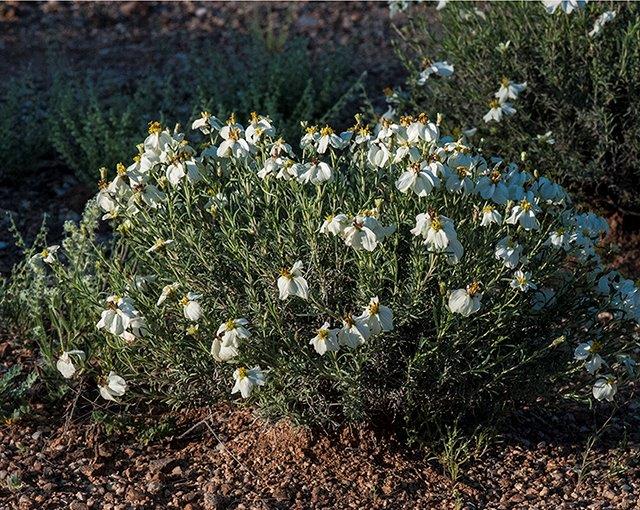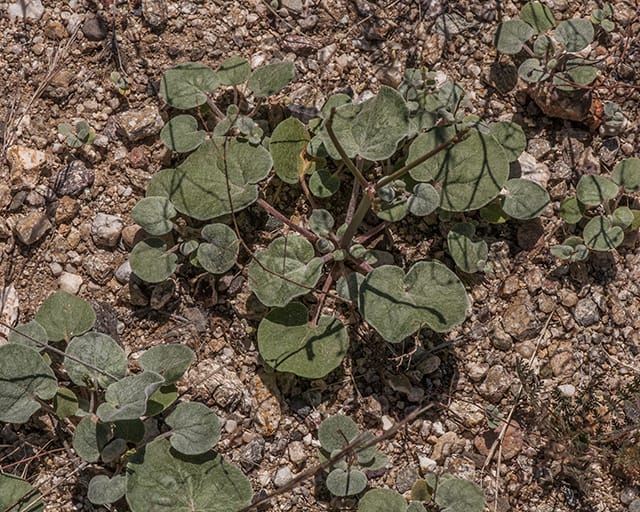It’s about 4-8 inches tall, tiny- and I mean TINY white flowers. This month I’m giving a shout to one of our tiniest of …
Plants
Plants (Plantae) are one of six kingdoms of living things. Plants are producers, in other words, they take energy from the environment in the form of sunlight and use it to make organic molecules for various biological functions, such as cell growth and repairing broken tissue. This process of capturing sunlight is called photosynthesis. A plant needs sunlight, carbon dioxide, minerals and water to make food by photosynthesis. A green substance in plants, called chlorophyll, traps the energy from the sun needed to make food. Chlorophyll is mostly found in leaves. The leaf can be thought of as a food factory. Leaves of plants vary in shape and size, but they are usually the plant organ best suited to capture solar energy. Once the food is made in the leaf or other parts, it is transported to the other parts of the plant such as stems and roots.
There are always exceptions, one is the Palo Verde (Parkinsonia sp.) which has chlorophyll in the bark which enables the plant to conduct photosynthesis within the bark. Another exception are plants in the Cactus family which photosynthesize through the epidermis.
Plants include familiar types such as trees, herbs, bushes, grasses, vines, ferns, mosses, and green algae. The scientific study of plants, known as botany, has identified about 350,000 extant (living) species of plants. Fungi and non-green algae are not classified as plants.
Most plants grow in the ground, with stems above the soil surface, and roots below. Some float on water. Water and some nutrients come from the roots. The evaporation of water from pores in the leaves pulls water up through the plant. This is called transpiration.
Plants and trees that photosynthesize produce oxygen as a waste product of making sugar using sunlight, carbon dioxide, and water. As humans and animals are oxygen breathers, a decrease in plants means a decrease in oxygen, therefore we could not exist without plants. Plants are food sources and are also used for medicinal purposes. Many plants have healing properties, and one-quarter of prescription drugs come from plants. Plants also store carbon, which helps keep carbon dioxide out of the atmosphere.
Barrel Cactus
The cacti of the genus Ferocactus are varied and can range from less than a foot tall to as much as 12 …
Brittlebush
Hairy leaves helps the plant to retain moisture and shields the leaves from the sun April 2019 was a spectacular spring …
Burroweed
Burro WHAT? Lots of shrubby, yellow flowering bushes are around this time of year. One of these plants is Isocoma …
Chain Fruit Cholla
The Chain-fruit Cholla blooms from May through August at elevations from 1000 to 4000 ft. So be sure to look for the …
Chia
Did you know that Chia is growing in Sabino Canyon? Did you know that Chia is growing in Sabino Canyon? The …
Desert Christmas Cactus
Cactus flowers are usually showy and have many stamens, petals and sepals May is Getting hot. Hard to think about …
Desert Ferns
There are 13 species of ferns observed and documented in Lower Sabino Canyon. Ferns in the Desert???!!! Usually …
Desert Night-Blooming Cereus
Also known as Queen of the Night and Reina de la Noche Most of us have taken a break from Sabino Canyon for the …
Desert Senna
There’s lots of Desert Senna (Senna covesii) blooming in Sabino Canyon right now. Despite little rain this summer, the …
Desert Zinnia & Paper Flower
You can distinguish the Desert Zinnia by it's white flowers vs. the yellow Paper Flower. Paper Flowers are taller and …
Ephedra
Ephedra species are in the group of seed producing plants called Gymnosperms that includes conifers, cycads, Ginkgo and …
Hairy Bowlesia
Hairy (or Hoary) Bowlesia (Bowlesia incana) is one of the first plants that we see coming up in the spring. This …
Indian Mallow
Other common names for each of these include Shrubby Indian Mallow, Yellow Indian Mallow, Yellow Flower Indian …
Mustards
There are at least 15 different species of Brassicaceae in Sabino Canyon. Taxonomically, plants in a family all have …
Oaks of Sabino Canyon
The Netleaf Oak is usually known from higher elevations and it was a surprise when one of our Naturalists (Fred Heath) …
Sacred Datura
The flowers open at night and are visible early in the day. The flowers will often wilt in the heat or sun. Plants of …
Saguaro
Video by Peter Angerbauer …
Skeleton Weed & Wright’s Buckwheat
Familiar common names that you might have heard are Buckwheat, Sorrel, Rhubarb and Dock. The Buckwheat, or …
Slender Grama and Needle Grama
Native grasses help to prevent erosion and provide food and shelter for many of the desert creatures. Deer, Javalina, …
Tumamoc Globeberry
Sabino, a refuge for Tumamoc globeberry... Biologist Frank Reichenbacher points to Tumamoc globeberry (Tumamoca …
Whitethorn Acacia
Whitethorn Acacia (Vachellia constricta) is ubiquitous in Sabino Canyon and most of Tucson. For this month’s plant, I …






















